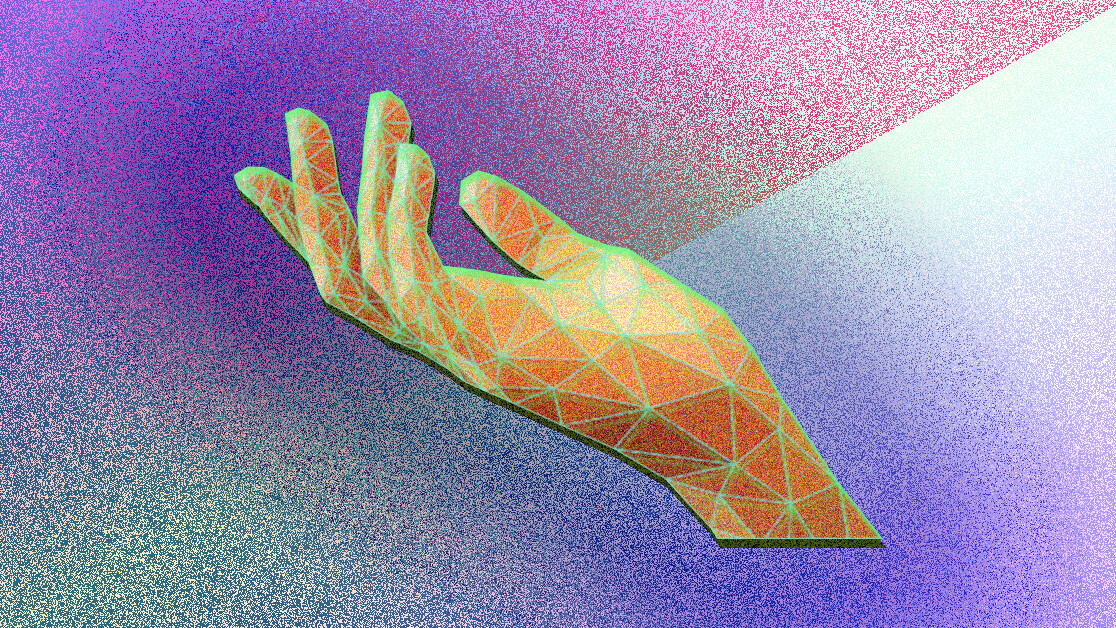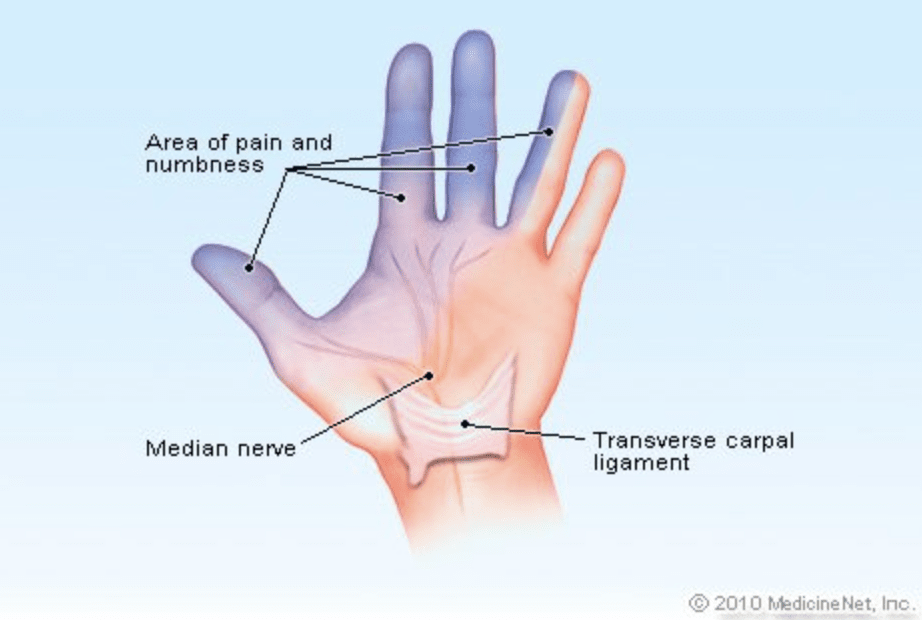
Are you suffering from pain, numbness, and tingling in your hands and arms? If so, you may have carpal tunnel syndrome.
The condition occurs when one of the major nerves to the hand — the median nerve — is either squeezed or compressed as it travels through the wrist.
My research tells me there aren’t any proven links between typing or using a computer mouse, but doing so can apparently narrow the carpal tunnel and lead to the emergence of symptoms (and it sure does feel worse after a full day of typing).

If you do have carpal tunnel syndrome, these quick and simple stretch routines should help lessen the pain and discomfort.
[Read: 5 easy stretch routines to make working from home more bearable]
5 wonderful stretches and exercises
Dr Jo has put together an easy 5-step routine to help provide pain relief from carpal tunnel syndrome symptoms.
The first couple of stretches are actually a warm up and will help you loosen up the muscles in and around the wrist.
Once you’re warmed up, Dr Jo will have you doing full stretches for your wrists and extensors.
You’ll also do what she’s dubbed “a prayer stretch” to really work the carpal tunnel area.
3 quick steps to pain relief
These three simple stretches and recommendations from Andrew Bang DC will bring you plenty of pain relief.
This quick routine is super easy to follow so you should be able to fit it in between all your virtual meetings and work calls.
Reward yourself with this self-massage
This video will equip you with various self-massage techniques to alleviate pressure on the wrists tendons and median nerve.
More importantly, it’s a wonderful, pain-easing way to reward yourself after you’ve completed the other stretch routines.
Before I go: Please remember these videos don’t contain medical advice nor are they treatment plans. They are intended for general education and for demonstration purposes only.
Please don’t use them to self-diagnose or self-treat any health, medical, or physical condition.
Carpal tunnel can get worse over time so it’s important that you seek professional medical advice and receive appropriate treatment once diagnosed.
So don’t use the videos as a way to avoid going to see a doctor or to replace any advice they’ve given you. Consult your healthcare professional before doing any of the exercises demonstrated in the videos.
Get the TNW newsletter
Get the most important tech news in your inbox each week.





